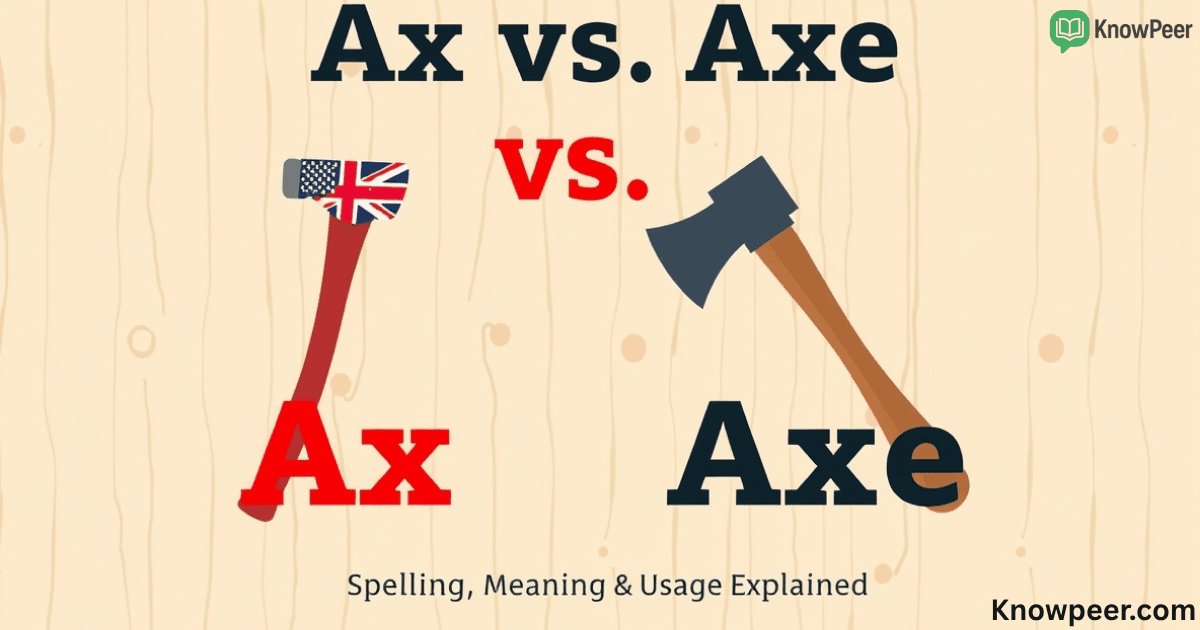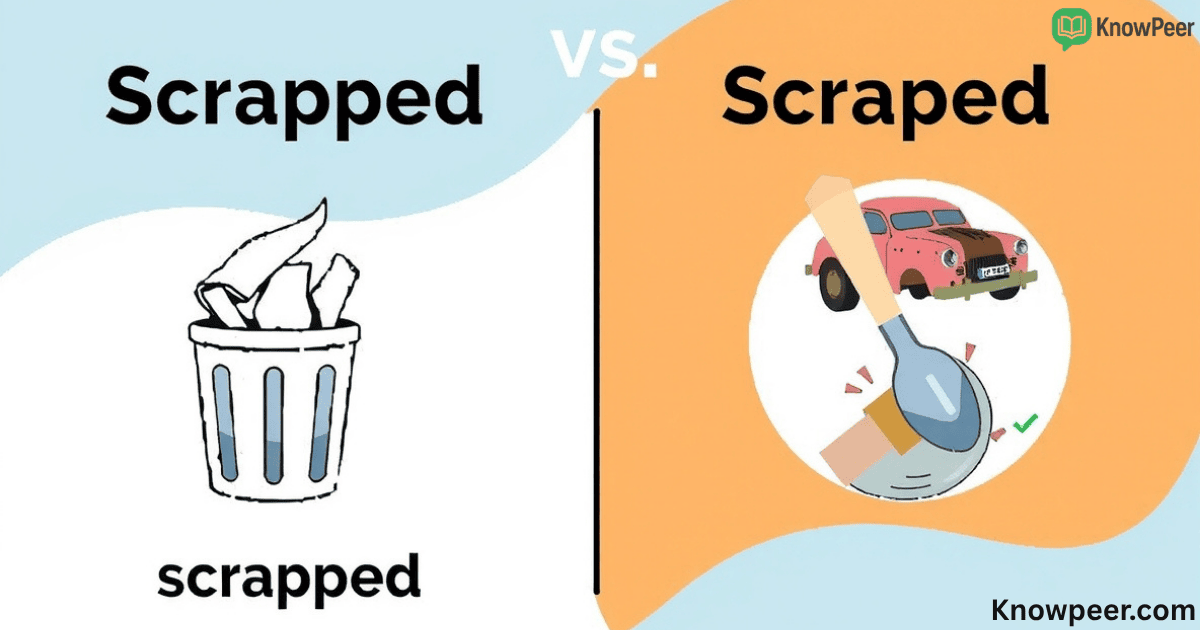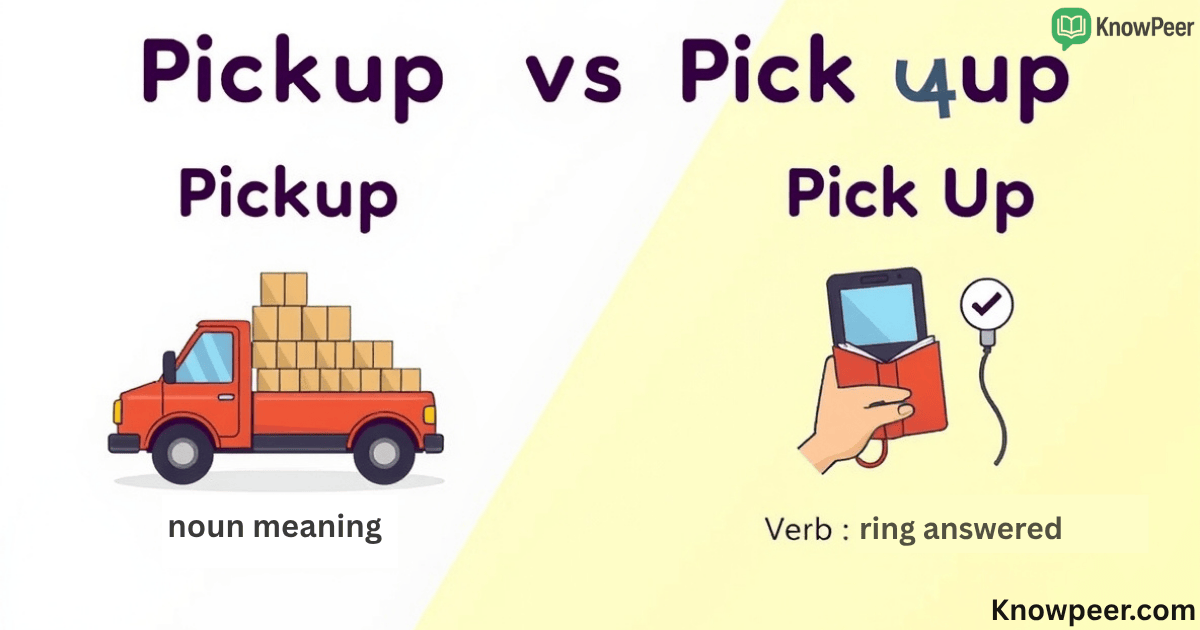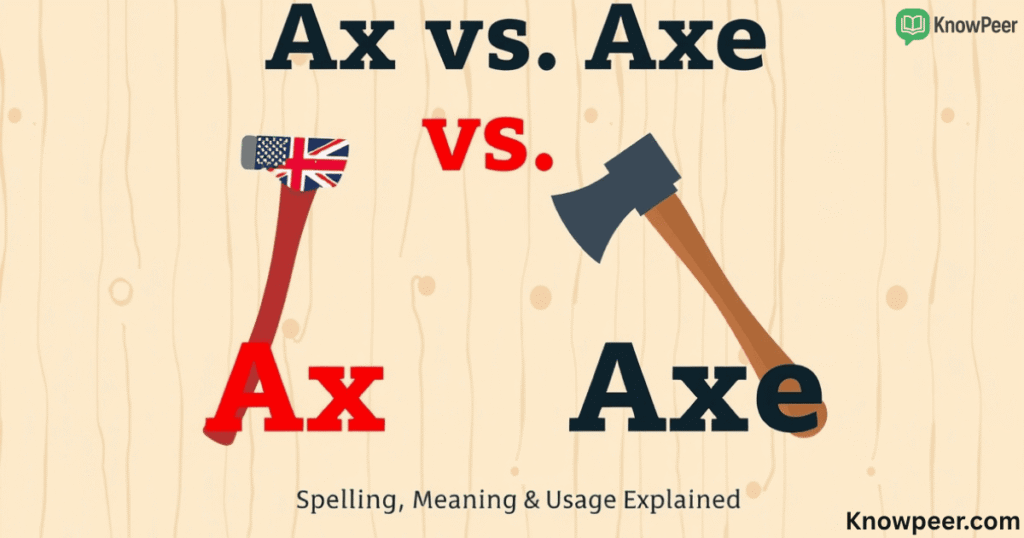Learning English grammar often feels like walking through a maze where small differences change the meaning of a sentence. One of the most common sources of confusion is the choice between What Kind of vs. What Kinds of. At first glance, they look almost the same, but in reality, the way you use them can completely change the meaning of your sentence. The difference between what kind of and what kinds of matters a lot, especially for learners who want clear and correct grammar usage. This guide will give you a detailed explanation of the rules, examples, and meanings behind both expressions, while also showing how they appear in real conversations. By the end, you will not only understand the grammar rules, but you will also feel more confident when asking about categories in English in your daily life.
When we talk about English grammar usage, we need to think carefully about singular vs plural nouns. The words kind and kinds signal how many categories or groups we are referring to. If we are asking about one category, we use what kind of. If we are asking about more than one category, then we use what kinds of. The challenge comes from the fact that both forms can sometimes appear with plural nouns, and that is where learners get confused. This article explores that issue deeply, covering examples, common grammar mistakes, and even a few idiomatic uses that often show up in spoken English.
Understanding What Kind of
The phrase what kind of is used when asking about a single type or category. This means that even if the noun is plural in form, the speaker is treating it as one group. For example, when you say “What kind of music do you like?” you are not asking about multiple categories. Instead, you are asking which single category of music the listener prefers. This form follows the what kind of grammar rule, which connects directly to singular nouns with multiple attributes. In other words, we often use what kind of with both singular and plural nouns when the focus is on one type only.
Think about this example: “What kind of people live in that village?” Here, the noun is plural, but the speaker is still asking about one general category of people. What kind of meaning points to classification, not to counting. For learners, this is an important detail because the grammar looks tricky. The rule is simple though: focus on whether you are asking about one category or many. If it’s one, the correct phrase is what kind of. This is a key part of correct grammar usage in English and prevents mistakes that might make sentences sound awkward.
Understanding What Kinds of
On the other hand, what kind is used when you are asking about more than one category. The what kinds of grammar rule tells us that when multiple categories are possible, the plural “kinds” must be used. For example, “What kinds of books do you read?” asks about different types of books, not just one. Here, the speaker expects more than one answer. This is especially useful in conversations where variety matters, such as when you want to know different categories of items or behaviors.
Consider this: “What kinds of problems are you facing at work?” The plural noun “problems” here refers to multiple categories of issues, not just one. What kinds of meaning points toward diversity and range. In short, when you expect several answers, use what kinds of. This helps learners avoid one of the common grammar mistakes where people mix singular and plural forms incorrectly. If you master this, you will be able to use English more naturally in both spoken and written communication.
Key Differences Between What Kind of and What Kinds of

To make things clearer, let’s look at a direct comparison. The types vs kind difference is best understood with side-by-side examples. Below is a table that shows how both forms work in actual sentences.
| Expression | Usage | Example Sentence |
| What kind of | Asking about one category or type | What kind of fruit do you like? |
| What kinds of | Asking about multiple categories or types | What kinds of fruit do you like? |
The table shows that both forms can be used with plural nouns like “fruit,” but the meaning changes. The singular form means “one category,” while the plural form means “many categories.” This small change creates a big difference in meaning. This is why understanding the difference between what kind of and what kinds of is so important for learners who want to ask the right type of grammar comparison examples in English.
When we analyze this difference closely, we see that it connects directly to the broader question of language usage rules. The focus is not only on the noun but on how the speaker views the categories. If the speaker sees them as one group, what kind of works best? If the speaker sees them as multiple groups, then what kind is correct.
Usage in Different Contexts
The power of both expressions becomes clear when we study them in different contexts. Take singular nouns with multiple attributes. For example, “What kind of phone do you use?” focuses on one type of phone. Now compare this with “What kinds of phones do you use?” which asks about different categories, like smartphones, basic phones, or work phones. The context in English grammar makes the choice between the two necessary.
Another example is with collective nouns. In a sentence like “What kind of furniture fits in this room?” The noun “furniture” is uncountable, but the phrase still works in the singular because you are asking about one style or category. On the other hand, if you say “What kinds of furniture do you sell?” you are asking about different categories such as chairs, tables, and sofas. This shows how grammar changes with the context of nouns, and why learners need to think about the intended meaning before choosing the right phrase.
Common Mistakes and Misconceptions
One of the most common grammar mistakes learners make is using what kinds of when only one type is being discussed. For example, saying “What kinds of weather do you prefer?” sounds wrong if the speaker is only asking about one kind of weather, like sunny days. The correct question would be “What kind of weather do you prefer?” Similarly, some people use the singular form when asking about many categories. This is also incorrect. The rule is simple: one category equals what kind of, more than one category equals what kinds of.
Another misconception is that what kinds cannot be used with uncountable nouns. This is not true. For example, you can ask, “What kinds of information do you need?” The noun “information” is uncountable, but in this case, you are referring to different categories of information, like financial, medical, or legal. These examples of kinds of vs kind of English show that rules are flexible but must be applied with context in mind.
Contextual Nuances and Intended Meaning
The difference between what kind of and what kinds of is not just about singular vs plural nouns. It is also about meaning. In English, kind can imply quality or type. For example, when you say “What kind of person are you?” you are not talking about categories in a list. You are asking about qualities or traits. This use of what kind of person meaning is common in both formal and informal English.
At the same time, in spoken English, people often use “kind of” as an idiomatic expression meaning “a little” or “somewhat.” For instance, “I’m kind of tired today” has nothing to do with categories. This is why context is so important. Without paying attention to how the phrase is used, learners may misunderstand. These types of questions in grammar require careful study so that learners can master both the formal and idiomatic uses.
Practical Examples and Comparison Table

Examples are the best way to make rules simple. The table below gives practical sentences showing the examples of kind of and kinds of.
| Expression | Example 1 | Example 2 |
| What kind of | What kind of car do you drive? | What kind of movies make you cry? |
| What kinds of | What kinds of sports are popular in your country? | What kinds of jobs interest you the most? |
From the table, you can see what kind of examples usually focus on one type, while what kinds of examples cover several categories. This is the easiest way to see the difference in English expressions and to practice them correctly in both writing and conversation.
Frequently Asked Questions
Learners often ask whether what kind is always singular. The answer is no. It can be used with plural nouns when those nouns are treated as one category, such as “What kind of clothes do you wear at work?” Another common question is whether what kinds can be used with uncountable nouns. The answer is yes, because we can divide uncountable nouns into categories, such as “What kinds of music are played at the festival?”
Another question is about usage frequency. In usage in spoken English, what kind is more common because people usually ask about one category at a time. However, in academic writing or formal communication, what kind is also very common. The last question is about correctness. Both are correct, but they are used differently. The key is always to think about whether the situation involves one category or many.
Conclusion
The debate of what kind of vs what kinds of is more than a small grammar puzzle. It is about understanding English learners’ confusion and guiding them toward clear and correct grammar usage. The difference between what kind of and what kinds of depends on whether you are talking about a single category or multiple categories. By looking closely at what kind of meaning and what kinds of meaning, learners can avoid common grammar mistakes and improve both spoken and written English.
The rules are simple when you remember them in context. Use what kind of for one type and what kinds of for more than one. This rule applies to both countable and uncountable nouns, collective nouns, and even plural nouns when treated as a single group. Once you understand the language usage rules and practice with grammar comparison examples, your confidence will grow. Mastering this small detail helps you speak and write with clarity, and that is the real value of paying attention to the grammar rules for English.










